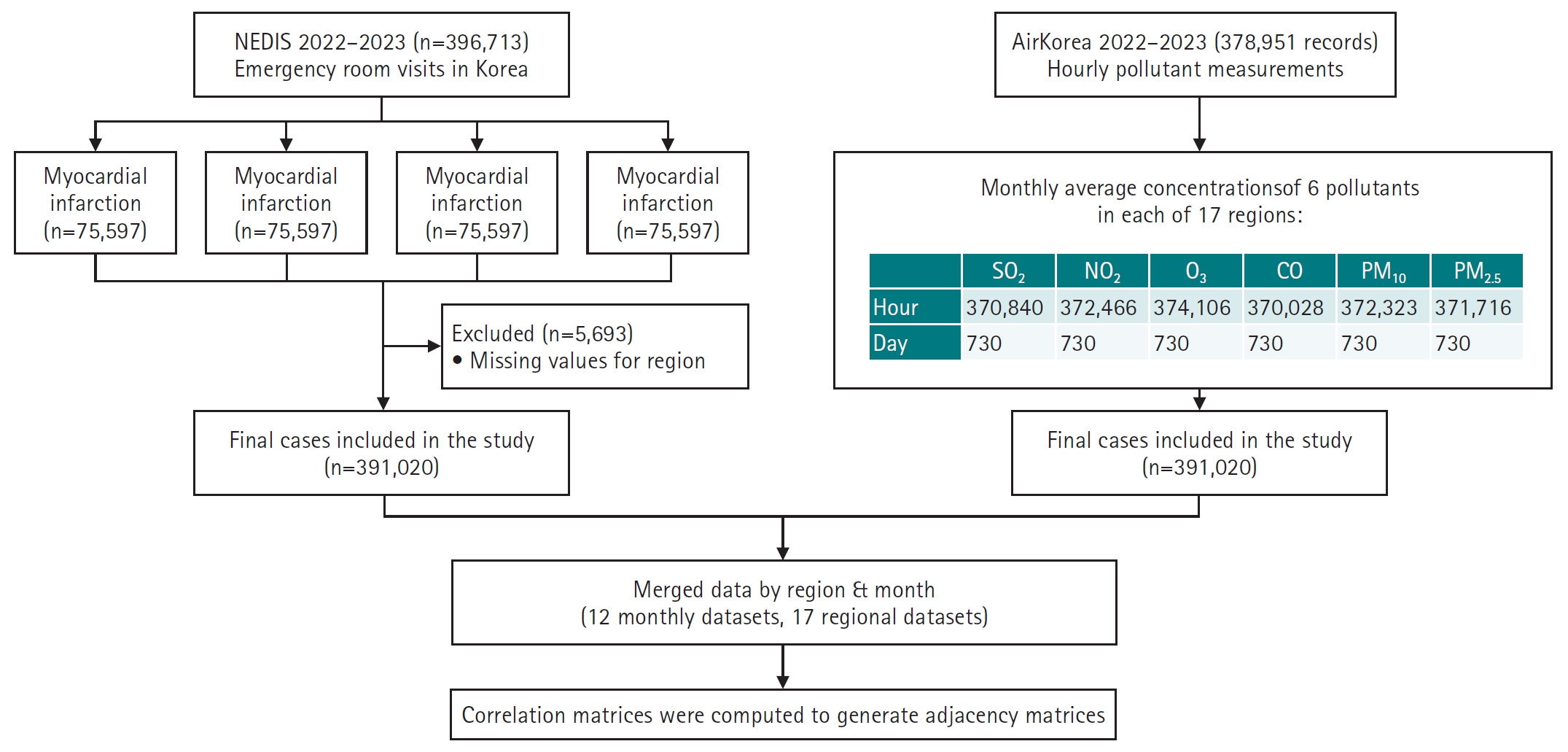
 , Seungpil Jeong
, Seungpil Jeong , Eunhee Ha
, Eunhee Ha
 , Jooyoung Choi
, Jooyoung Choi
 , Eun-Kyoung Pang
, Eun-Kyoung Pang
Citations

 , Jisoo Park
, Jisoo Park , Yeonjoo Choi
, Yeonjoo Choi , Sanghoon Shin
, Sanghoon Shin , Junbeom Park
, Junbeom Park
This study investigated the 24-hour ambulatory blood pressure monitoring (ABPM) and Holter parameters for evaluating their prognostic significance of cardiovascular events including stroke in population without atrial fibrillation (AF).
Among 3,199 patients that underwent ABPM, 335 who also underwent Holter recordings were selected in a tertiary hospital. Seventeen patients who had been documented with AF on Holter monitoring or diagnosed with AF were excluded, and finally 318 patients were analyzed. The association between cardiovascular events and ABPM/Holter parameters was analyzed by a logistic regression model, and the risk factors were estimated by a Cox hazard model. Age, sex, and histories of cardiovascular disease were adjusted by a multivariable analysis, and the cut-off values were suggested by a Kaplan-Meyer analysis.
During the total follow-up (28.5±1.7 months), 13 (4.1%) stroke, 6 (1.9%) heart failure, and 12 (3.8%) acute coronary syndrome incidences were observed. In the univariate analysis of the ABPM parameters, an increment in the night systolic BP (hazard ratio=1.034, P=0.020) and night diastolic BP (hazard ratio=1.063, P=0.031) significantly elevated the risk of a stroke occurrence. According to the Kaplan-Meyer analysis, there was a significant difference in the stroke incidence between the groups divided by a cut-off value of the night systolic BP of 120 mmHg (P=0.014) and night diastolic BP of 75 mmHg (P=0.023).
In a population without AF, the nocturnal BP was a significant predictor of a stroke incidence. At this point, the cut-off value of mean 120/75 mmHg in 24 ABPM was advisable.

